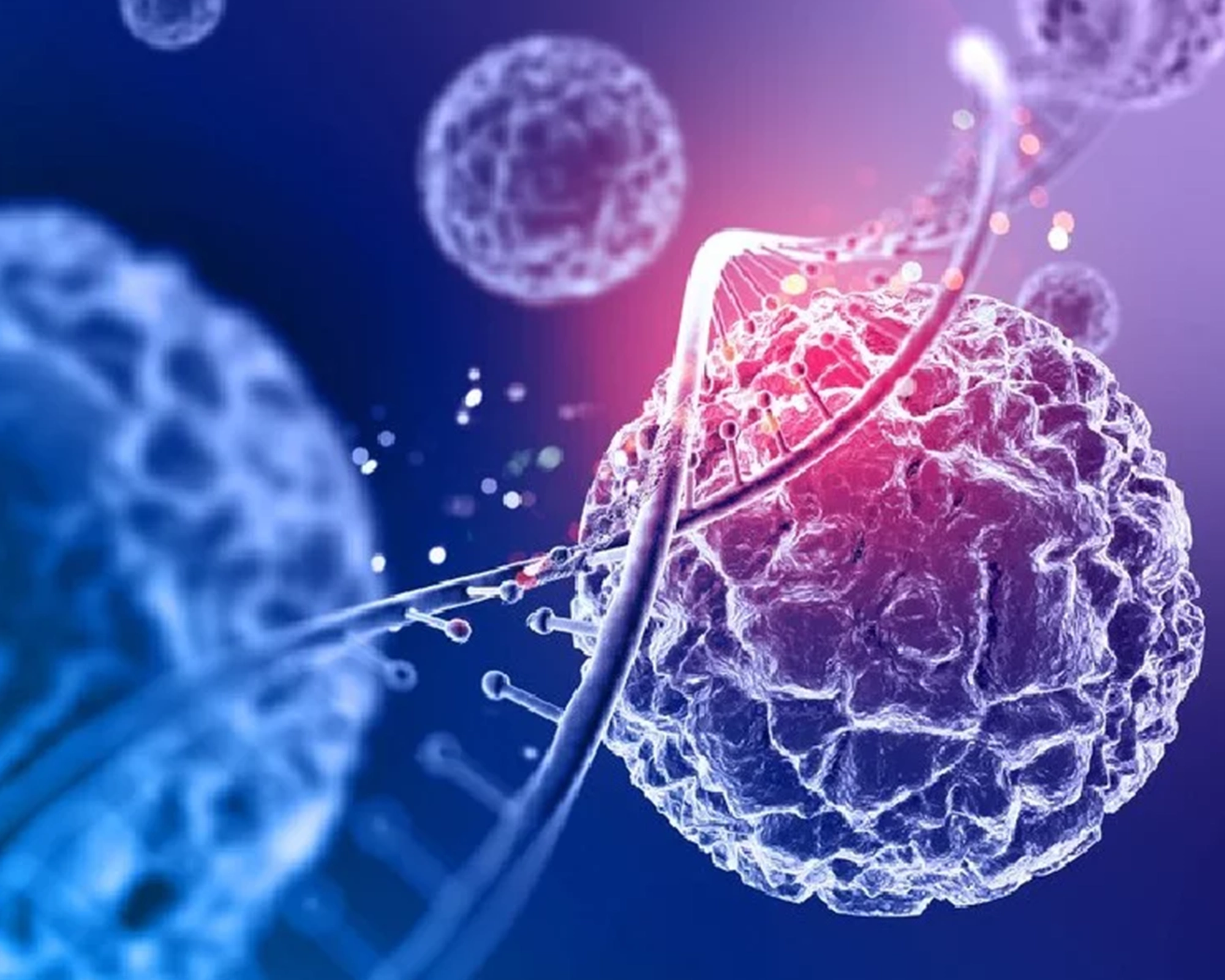What is a Stem Cell?
Stem cells are the body’s raw materials — cells from which all other cells with specialized functions are generated. Under the right conditions in the body or a laboratory, stem cells divide to form more cells called daughter cells. These daughter cells either become new stem cells (self-renewal) or become specialized cells (differentiation) with a more specific function, such as blood cells, brain cells, heart muscle cells, or bone cells. No other cell in the body has the natural ability to generate new cell types.
Why are Stem Cells Important?
Stem cells represent an exciting area in medicine because of their potential to regenerate and repair damaged tissue. Different types of stem cells are used for different purposes. For example, in the treatment of leukemia, stem cells can be used to resupply healthy blood cells that might be compromised by the cancer treatment. In other cases, stem cells can be used to replace diseased or damaged tissue, and they have the potential to be used in the treatment of diseases like Parkinson’s, Alzheimer’s, diabetes, and many others.
Types of Stem Cells
Stem cells come from various sources and are generally categorized into three types:
Embryonic Stem Cells
These stem cells come from unused embryos resulting from an in vitro fertilization procedure and that are donated to science. These embryonic stem cells are pluripotent, which means that they can turn into more than 200 different types of cells in the body.
Adult Stem Cells
These stem cells are found in small numbers in most adult tissues, such as bone marrow or fat. Compared to embryonic stem cells, they have a more limited ability to give rise to various cells of the body.
Induced Pluripotent Stem Cells (iPSCs)
Scientists have recently developed induced pluripotent stem cells (iPSCs) by reprogramming regular adult cells to behave like embryonic stem cells. These cells can develop into most types of cells in the body, depending on the instructions they receive. This technology could potentially be used to generate healthy tissue that is a perfect genetic match for the patient.
Potential Uses of Stem Cells
The potential uses of stem cells are vast and still being explored. In the medical field, stem cells are already being used in transplantation procedures to treat illnesses like leukemia and lymphoma. This has saved countless lives through bone marrow transplants and other similar procedures. There is also ongoing research into using stem cells to regenerate damaged organs, including the heart, kidney, and liver, and to treat various neurological and genetic conditions.
Ethical Considerations
The use of stem cells, especially embryonic stem cells, has stirred controversy and posed ethical questions. The main ethical concerns include issues surrounding the destruction of human embryos, the risks of cloning, and ensuring patients’ informed consent in clinical trials. It is important to conduct stem cell research and therapy under stringent ethical guidelines to ensure that the research is conducted responsibly and with the utmost respect for human life.
The Future of Stem Cell Therapy
As research advances, the scope of stem cell therapy continues to expand, promising new treatments that were once considered impossible. Researchers continue to explore the capabilities of stem cells in treating debilitating conditions, enhancing the body’s ability to heal itself, and replacing damaged cells with healthy ones.




